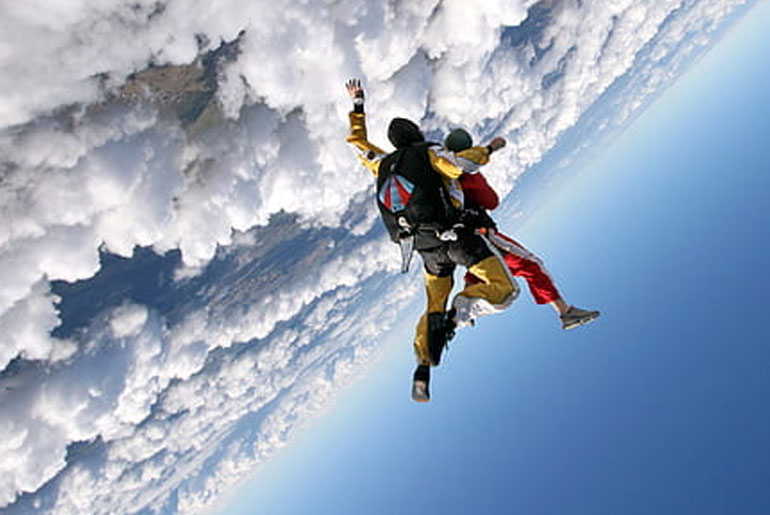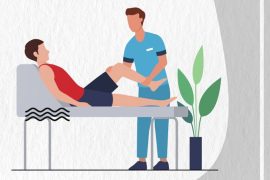Skydiving at 56 can be an exhilarating and rewarding experience, regardless of age. Many people in their 50s and beyond continue to pursue adventurous activities like skydiving as a way to challenge themselves, conquer fears, and enjoy life to the fullest. It’s important to ensure you’re in good health and consult with a physician beforehand, especially considering any pre-existing conditions that might affect your ability to participate safely. Skydiving centers typically have age restrictions and health requirements, so checking with them beforehand is advisable. Overall, if you’re physically fit and mentally prepared, skydiving can offer an unforgettable adrenaline rush and a sense of accomplishment at any age.
Skydiving at the age of 56 can be an exhilarating experience, but it’s essential for adventurous adults over 50 to consider several factors to ensure safety and enjoyment. Here’s a detailed summary of considerations based on expert advice and insights:
Considerations for Skydiving at Age 56:
1. Physical Fitness Assessment:
- Importance: Before embarking on a skydiving adventure, individuals should undergo a thorough physical fitness assessment. This ensures they are in good health and capable of handling the physical demands and adrenaline rush associated with skydiving.
- Criteria: Being physically fit includes having normal cardiovascular health, adequate joint mobility, and overall physical readiness. This assessment helps mitigate potential risks and ensures a safe experience.
2. Health Benefits of Skydiving:
- Cognitive Benefits: Skydiving stimulates cognitive abilities such as alertness, decision-making, and response time due to the mental engagement and adrenaline rush.
- Mental Boost: Engaging in adventurous activities like skydiving can provide a significant mental boost, enhancing overall well-being and making life more fulfilling.
- Physical Activity: Regular participation in physical activities like skydiving supports cardiovascular fitness and overall physical health, contributing to vitality and longevity.
3. Safety Precautions:
- Consultation: It’s crucial for individuals over 50 to consult with healthcare professionals before skydiving. This consultation ensures any underlying health concerns are addressed and appropriate precautions are taken.
- Safety Guidelines: Adhering to safety guidelines and instructions from trained instructors is vital to minimize risks associated with skydiving. This includes understanding equipment use, safety protocols during the jump, and emergency procedures.
4. Age as a Factor:
- Inspiration: Examples like Al-Blaschke, who skydived at 103, demonstrate that age alone shouldn’t deter adventurous pursuits. With proper preparation and health clearance, skydiving remains accessible and enjoyable for older adults.
Conclusion:
Skydiving at age 56 can offer a thrilling experience and potential health benefits, provided individuals prioritize physical fitness, undergo necessary health assessments, and adhere to safety protocols. It’s a testament to the adventurous spirit and can contribute significantly to cognitive stimulation, mental well-being, and overall physical health. By approaching skydiving with careful consideration and preparation, older adults can safely enjoy the exhilaration of freefalling and the breathtaking views from above.
Disclaimer:
The information contained in this article is for educational and informational purposes only and is not intended as a health advice. We would ask you to consult a qualified professional or medical expert to gain additional knowledge before you choose to consume any product or perform any exercise.







